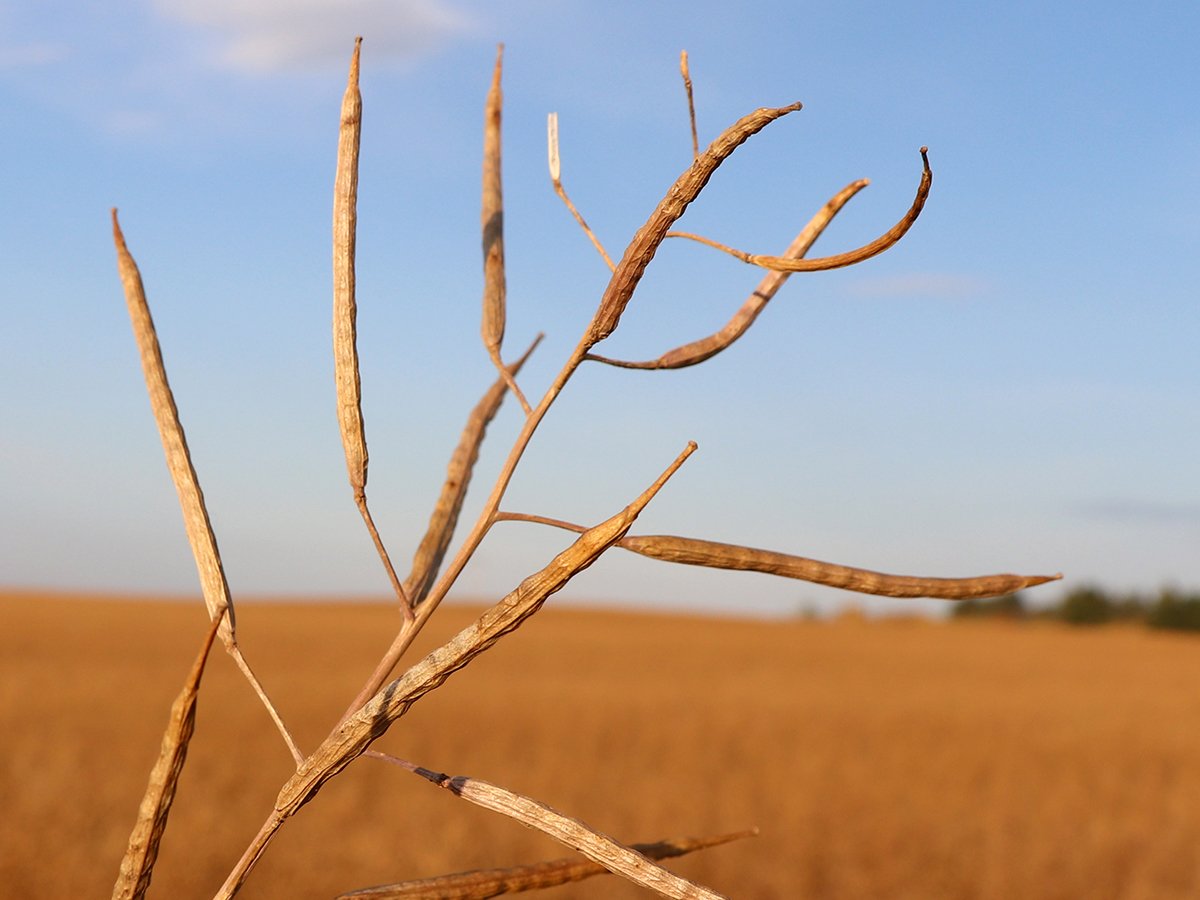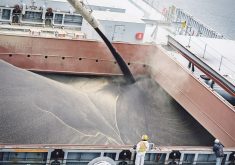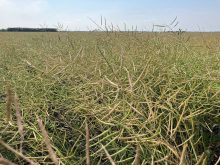Glacier FarmMedia – Canadian canola is at a crossroads, with Prairie weather to determine which direction the crop will take.
While relatively decent conditions still dominate much of the Prairies, dryness across parts of the region are poised to cut into potential canola yields. Essentially, it comes down to how much rain the Prairies see over the remainder of July.
If precipitation is sufficient, the canola should stay on course for a decent harvest. If there’s not enough moisture, then yields will drop.
Read Also

Crop quality looks good this year across Prairies
Crop quality looks real good this year, with the exception of durum.
Such continues to be a story told over and over, with prices fluctuating accordingly.
Canola futures on the ICE platform took a hit last week, largely on the idea that the Prairie crop will be a good one despite the dryness. The nearby November contract lost more than $34 per tonne during the week, falling well below its support level of $700 per tonne.
Should rain make grain, canola prices could fall further. If that doesn’t happen and conditions turn drier, then expect a turnaround in prices.
As the 2024-25 crop year winds down, Canada is sitting with tight supplies of canola. With four weeks left in the marketing year, the oilseed’s exports are nearly 9.2 million tonnes, up almost 46 per cent from the same time last year.
Also, domestic use of around 10.7 million tonnes is up more than four per cent from last year.
Continuing to lurk in the background is China, Canada’s top export destination. If China decides to hit Canada with punitive measures from its investigation into alleged canola dumping, the oilseed is pretty much in a freefall. If China remains a reliable customer, then hopefully its tariffs on Canadian canola meal and oil can be lifted.
The U.S. question remains. Canola is again eligible for the country’s biofuel tax credits. Even if canola wasn’t included, the shortage in soybean oil for U.S. domestic demand would likely open the door for canola to fill that hole.
While cloudy skies bring hope of much needed precipitation, a cloudy market outlook leaves canola at a crossroads.
A political storm cloud hit July 10, when U.S. president Donald Trump threatened an additional 35 per cent tariff hike on U.S. imports from Canada effective Aug. 1, which quickly added to canola’s woes, although goods under the Canada-U.S.-Mexico Agreement were still expected to have an exemption.


















